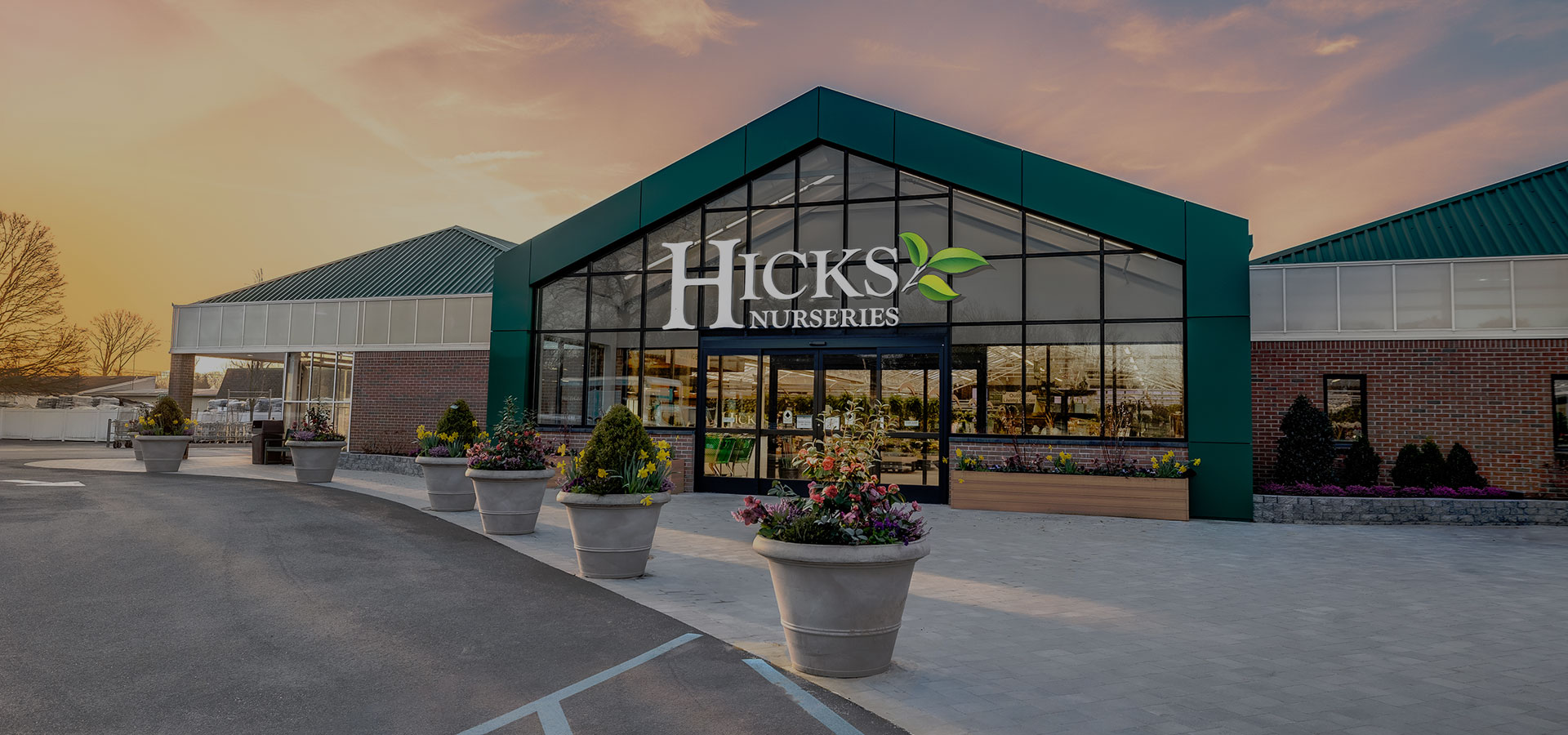[vc_row padding_top_multiplier=”” padding_bottom_multiplier=””][vc_column css=”.vc_custom_1515535628663{margin-top: -10px !important;padding-top: -10px !important;}”][movedo_social social_email=”yes” social_facebook=”yes” social_twitter=”yes” social_linkedin=”yes” social_reddit=”yes” icon_size=”small” icon_color=”grey” align=”center”][movedo_empty_space][/vc_column][/vc_row][vc_row padding_top_multiplier=””][vc_column][vc_column_text]For some brands and retailers, the holiday season can represent as much as 30-40% of its annual sales during the months of November and December. According to NRF in 2017 about 174 million Americans shopped in physical stores and online from Thanksgiving Thursday through Cyber Monday, and online sales alone hit a record $6.59 billion on Cyber Monday making it the largest online shopping day in U.S. history, according to research firm Adobe Analytics. But what if retail didn’t have to wait all year long for the big reward? What if there was Christmas in July?[/vc_column_text][/vc_column][/vc_row][vc_row padding_top_multiplier=””][vc_column][movedo_title heading=”h2″ increase_heading=”120″ custom_font_family=”custom-font-1″ line_type=”line”]Afterpay[/movedo_title][/vc_column][/vc_row][vc_row padding_top_multiplier=””][vc_column][vc_column_text]Founded in 2015 in Sydney, Australia, payment platform Afterpay just might be the answer to make those Christmas wish lists become an everyday reality. The interest-free, no annual fee digital platform lets you pay off your purchase in installments.[/vc_column_text][/vc_column][/vc_row][vc_row padding_top_multiplier=””][vc_column][vc_column_text]Available to consumers 18 or older the platform appeals to the Millennial market looking for instant gratification, but reluctant to rack up credit card debt having seen the effects of the 2009 recession. While relatively new in creation, the concept isn’t all that foreign. For example, many of us have become accustomed to parsing out payments for big-ticket items like our phones. The initial price tag may seem unaffordable, but when stretched out over a period of time it feels manageable. Let’s not forget it also encourages customers to shop more often, removing the mental hurdle of buyer’s remorse.[/vc_column_text][/vc_column][/vc_row][vc_row padding_top_multiplier=”” padding_bottom_multiplier=””][vc_column][vc_single_image image=”31631″ img_size=”full” alignment=”center”][/vc_column][/vc_row][vc_row padding_top_multiplier=””][vc_column][vc_column_text]Keeping consumers in check though, Afterpay applies a late payment fee of $10 if not paid on time, and an additional fee of $7 if the payment is not made within seven days. Users are also unable to continue making purchases if they have outstanding debts, and the spending limits are capped at $1,500. While the terms may feel a little loose and have some industry insiders speculating, it begs the question what this type of model could mean for US retail.[/vc_column_text][/vc_column][/vc_row][vc_row padding_top_multiplier=””][vc_column][vc_column_text]Reportedly the service can increase conversion rates and incremental sales by 20-30% for brands and retailers, as well as increase average order value, and total online sales. While the initial launch of the platform was focused on online sales, Afterpay opted to expand into in-store late in 2017. Most recently the Aussie-based platform launched in the US with fashion and lifestyle retailer Urban Outfitters, Inc., including brands Urban Outfitters, Anthropologie, and Free People.
What you might be asking at this point is how does Afterpay make its money? Afterpay states that 80 percent of its revenue comes from fees paid by retailers, and the remaining 20 percent comes from late fees.
For retailers and brands it might be an investment to implement, but considering consumer purchasing habits and how they’re evolving, a platform like Afterpay could be the answer to online growth and positive retail store sales.[/vc_column_text][movedo_divider padding_top=”20″ padding_bottom=”20″][/vc_column][/vc_row]





